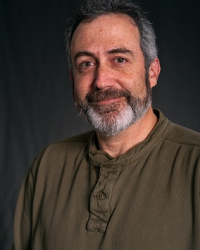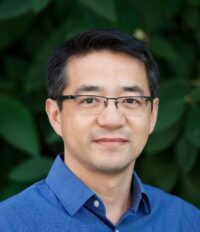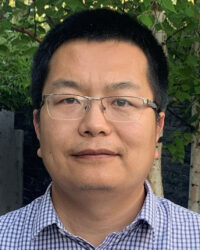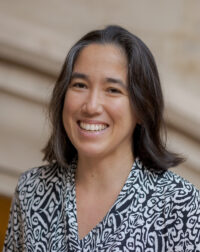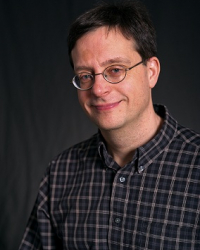Department: Physics
Paul Nguyen

Shared Facilities Manager
Paul is a postdoctoral scholar in the Cobden group in the Physics department at UW.
Arthur Barnard
Arthur Barnard is an Assistant Professor of Physics and Materials Science and Engineering. Arthur's research group is the Classical and Quantum Nano-Systems Lab at the University of Washington. The group uses novel probes to study emergent physical phenomena in nanoscale systems from room temperature down to ~10 mK, focusing on nanomechanical motion and correlated electronic states.
Mo Li
Matthew Yankowitz
Matt Yankowitz is an Assistant Professor of Physics at the University of Washington, with a joint appointment in the Department of Materials Science and Engineering. Research in his group focuses on the investigation of topology, correlations, magnetism, and symmetry in two-dimensional quantum materials. His group primarily characterizes atomically-thin van der Waals materials and heterostructures using a combination of electrical transport and scanning probe microscopy.
Xiaodong Xu
Xiaodong Xu is Boeing Distinguished Professor in the Departments of Physics, and Department of Materials Science and Engineering at University of Washington. His group is interested in understanding the optical, electronic, and quantum properties of novel solid state nanostructures by device design, optical spectroscopy, electrical transport, and scanning photocurrent microscopy/spectroscopy measurements.
Kai-Mei Fu
Kai-Mei Fu is Associate Professor of Physics and Electrical Engineering at University of Washington.
In the Optical Spintronics and Sensing Lab we study defects in crystals. Defects have historically played an essential role in classical electronic/optical devices. Now new, nanoscale, devices are being developed based on the quantum properties of defects. We are occupied with the following questions:
* What are the fundamental properties of a known defect state? Alternatively, by measuring the properties of an unknown state, can we identify it?
* How can the quantum properties of a defect be engineered and controlled?
* What new technologies can quantum properties of defects enable?
* What new capabilities can be realized through solid-state device integration of defects?
Jiun-Haw Chu
Jiun-Haw Chu joined the Department of Physics as an Assistant Professor in March 2016. His research is focused on synthesis and characterization of materials with unconventional electronic and magnetic ground states, such as high temperature superconductors and topological insulators. The ultimate goal is to understand and control these emergent quantum behaviors and apply them to energy and information technology.
David Cobden
David Cobden is Professor of Physics at University of Washington. He studies the physics in nanowires, nanotubes, and two-dimensional materials, with particular interests in low-dimensional, topological and many-body effects and phase transitions. His group fabricates a variety of nanoscale device structures and measures their properties using combinations of electrical transport, optics, scanning probes, photoemission, and other techniques. He is of the opinion that science motivated primarily by curiosity will eventually be of most benefit to society, be it in improving present technologies or in other as yet unimagined ways.


